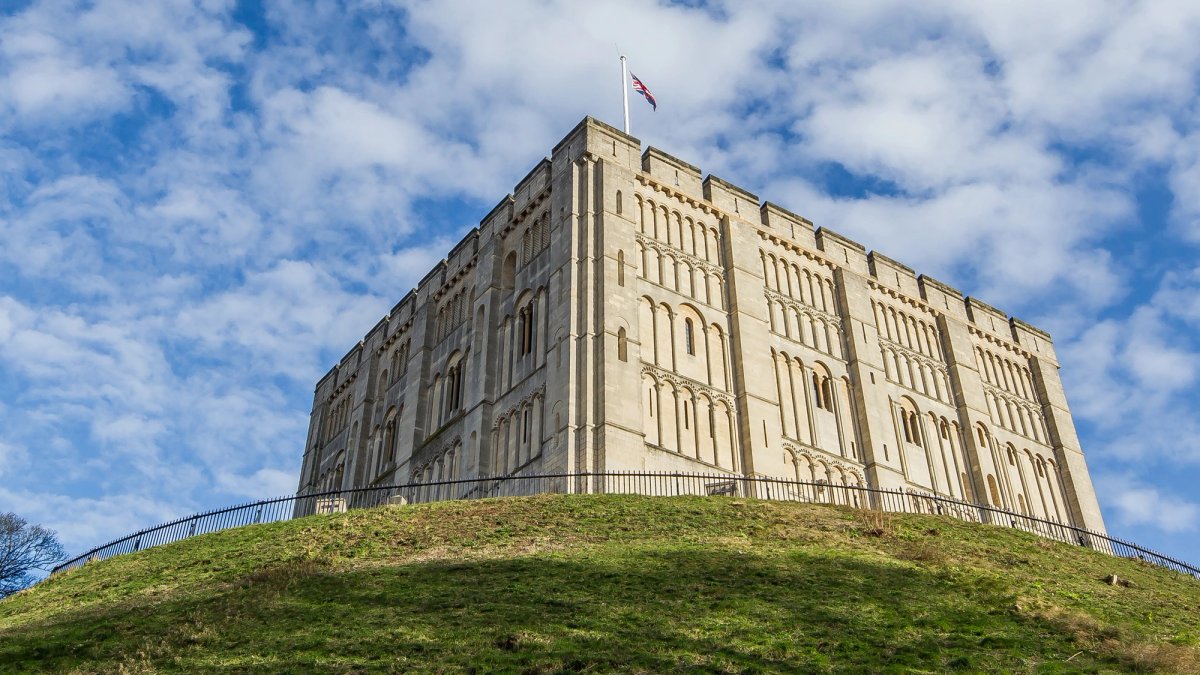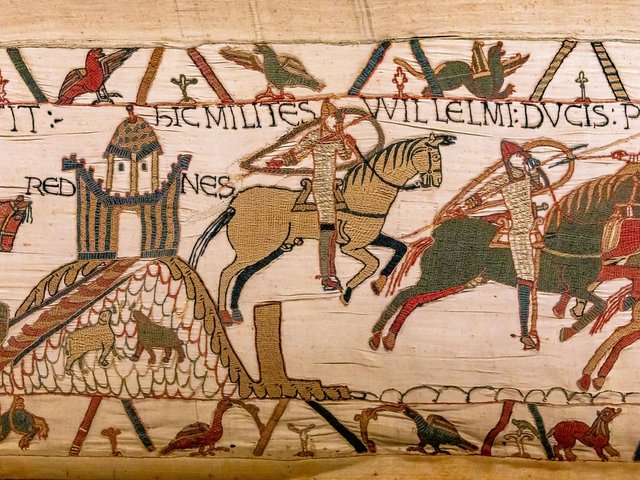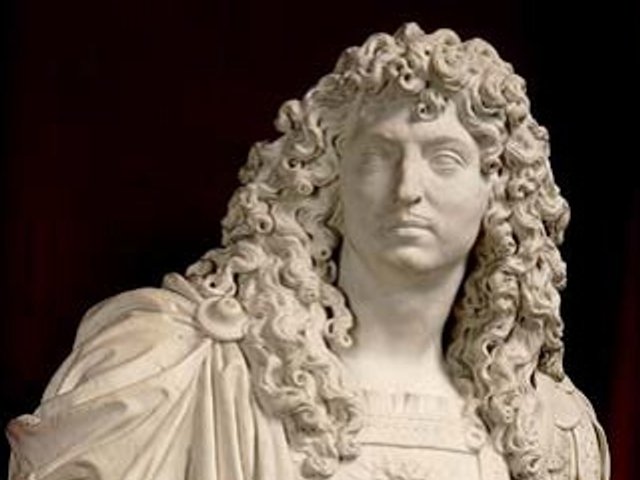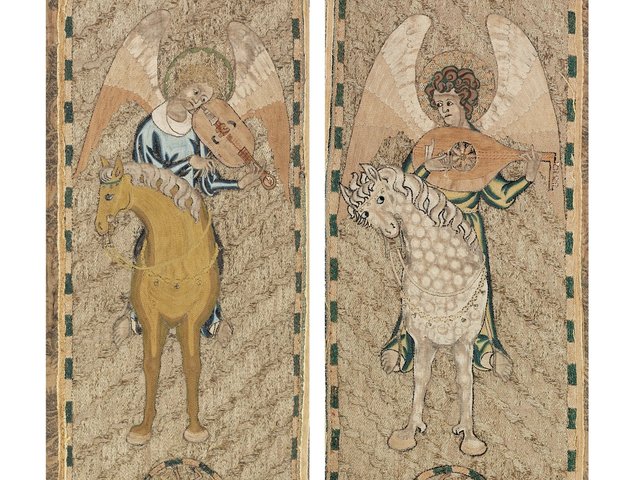Long-lost royal rooms have been recreated inside the medieval keep of Norwich Castle, which reopens today after a major five-year building project. The transformation of the Grade I-listed Norman building in the east of England cost £27.5m.
Formerly a cavernous space that could only be viewed from a Victorian-age balcony or the castle floor, the Royal Palace Reborn project has reinstated floors where they would have originally been. Rooms have also been added, including a bedroom and chapel that would have been used by the kings of the day, alongside a kitchen area, a banqueting hall and even the communal medieval toilets.
“The newly transformed spaces now enable visitors to see and explore the rooms of the royal palace, filled with the types of furniture, textiles and painted decoration that could have greeted Henry I when he stayed in Norwich in 1121,” the museum’s new guidebook states. “Wherever possible architectural, archaeological and historical evidence has guided the work to ensure it represents, as accurately as possible, what might once have been present.”
Tapestries and projections
Construction of Norwich Castle's keep was completed by King Henry, the son of William the Conqueror, the Norman king who took over England after winning the Battle of Hastings in 1066. While exploring the space, visitors are invited to don medieval-style clothing and enjoy newly commissioned animations telling stories of the castle’s origins, which will be projected at regular intervals onto the walls of the keep.

Projections in The Great Hall tell the story of life in the medieval period
© Norfolk Museums Service
Researchers from Royal Palace Reborn have worked closely with local craftspeople to create hand-embroidered fabric banners, colourfully painted thrones, and clothing that fit the time period. The museum has even commissioned an embroidered wall hanging that reimagines what the missing part of the 11th-century Bayeux Tapestry might have looked like, to be hung from the royal bedroom walls.
“The idea is that the missing part shows William's divine right to rule by being able to suppress the 1075 Revolt of the Earls,” says Tim Pestell, the project curator and senior curator of archaeology at Norfolk Museums Service. The recreated tapestry is 19m long and includes scenes from the actual tapestry, as well as similar colour threads. “We've tried to keep it in the spirit of the original tapestry,” he says.
Medieval objects in context
As part of the building project, the museum has created a new Gallery of Medieval Life, developed in partnership with the British Museum—the seventh partnership gallery of its kind in the UK. The new gallery includes more than 900 medieval objects—50 of which are on long-term loan from the British Museum—dating from the Norman Conquest of 1066 to the Dissolution of the Monasteries under Henry VIII in the 1530s.
“This will be the largest display of the British Museum’s medieval collection outside of London,” says Naomi Speakman, the curator of late medieval Europe at the British Museum. “We couldn’t ask for a better location for this gallery than Norwich Castle keep, one of the most important Norman buildings in the country, in a city with a rich medieval history.”
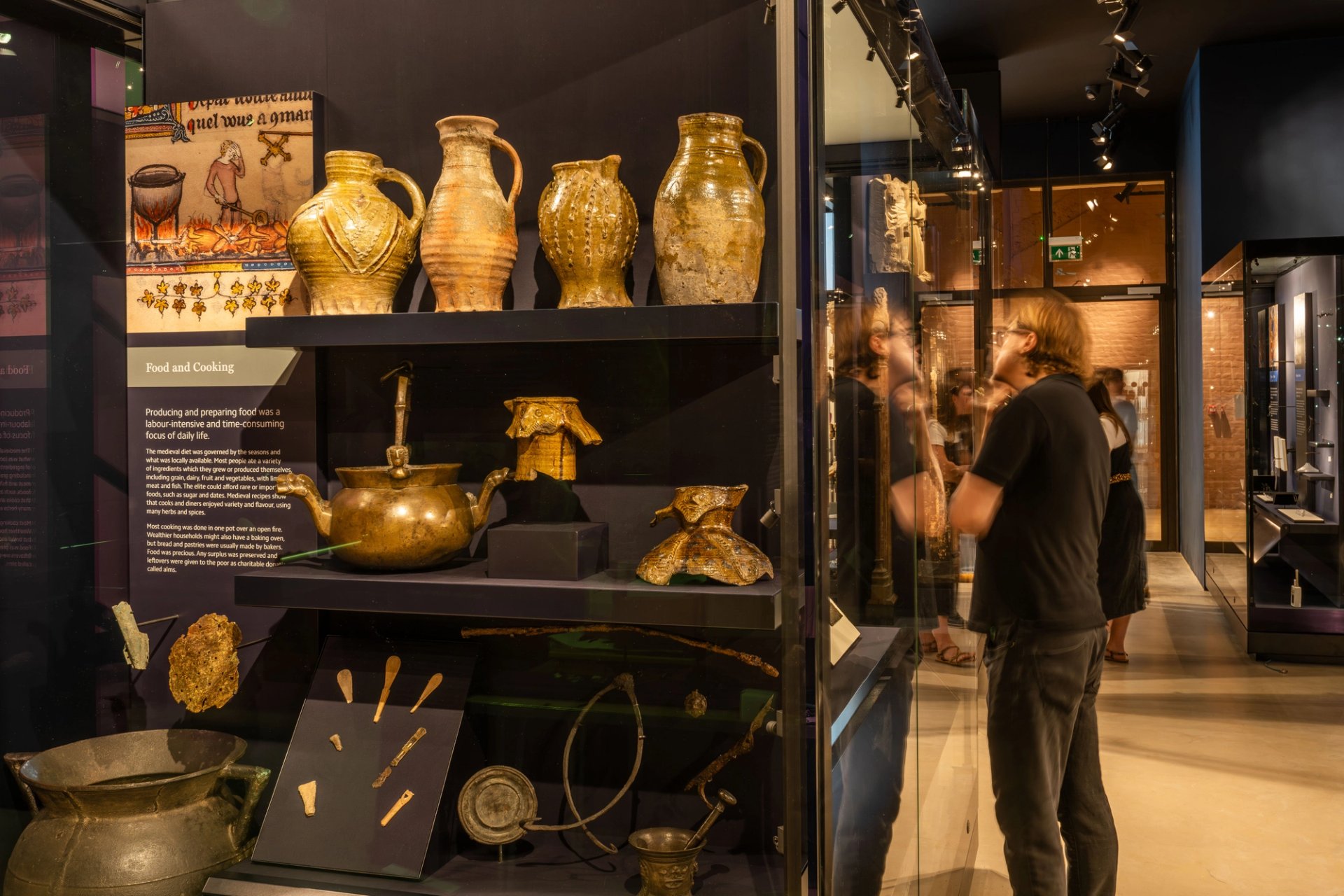
The Gallery of Medieval Life provides an opportunity to see objects referenced elsewhere in the castle in context
© David Kirkham
Pestell says that the keep, the gallery and the basement together make an immersive medieval experience. “You can go into the keep itself and experience what the medieval period would have looked like, felt like—even smelt like. Then you can come down to the Gallery of Medieval Life and see the objects in context, and in the basement there’s a learning area where we talk about castle building,” he says. The basement is soon to be equipped with virtual reality headsets showing a reconstruction of medieval Norwich.
A people's palace
The keep is only one part of Norwich Castle Museum and Art Gallery, which also houses collections of fine and decorative arts, archaeology and natural history in additional buildings on the site dating to later periods. The redevelopment has also added new facilities to these spaces, such as an atrium entrance, restaurant, gift shop, additional toilets and lifts that provide step-free access to all levels of the castle keep, including its newly opened rooftop.
“With new lifts making all five levels of the keep accessible for the first time in 900 years, this will be a true people’s palace,” says Margaret Dewsbury, the cabinet member for communities and partnerships at Norfolk County Council. “We can’t wait to welcome visitors from across Norfolk, the UK and beyond to the world of the Norman kings.”


